Regenerative Soil
Among the building blocks that form a regenerative system at Chatfield Farms, soil is the foundation.
Perhaps the most important measurement of a “regenerative soil” is carbon sequestration, or how much carbon we pull from the atmosphere and store in our soils. In today’s climate crisis, carbon gets a lot of bad press. But carbon is the element of life. We need carbon; in fact, we as humans are about 18% carbon. The problem isn’t that there’s too much carbon, but rather that the carbon that is in the atmosphere should be stored in our soils.
So, how do we keep carbon in our soils? Through photosynthesis plants “inhale” carbon dioxide and store carbon in their roots, but where does it go from there?
Building regenerative soils is all about productive soil microbiology. Bacteria and fungi live in our soils and deliver the nutrients our plants need. They don’t do this out of the goodness of their membranes, but rather in exchange for exudates released by plant roots. Healthy soil is defined by this mutually beneficial relationship between plant and microbe.
Just like us, bacteria and fungi are made of carbon. Further, the predatory nematodes and protozoa that hunt bacteria and fungi are made of carbon. It is the life within our soil that is storing carbon.
There are thought to be millions of species of soil microbes, all “activating” in different conditions. The microbes active in the winter will be a different group than those active in the summer. So, how do we measure the life in our soils?
Thankfully, bacteria and fungi leave behind “soil glues.” Bacteria excrete glomalin, which holds soil particles together into clumps called microaggregates. Fungi then binds or “lassos” these clumps together to form macroaggregates.
Soil aggregates behave differently than dirt clumps. Aggregates are resilient but flexible. They absorb and store large amounts of water but are also resistant to disruptive weather events such as wind and hail. Soil aggregates also reduce nutrient leaching and runoff, cleaning water instead of contaminating our waterways, just like a carbon filter you’d use to purify drinking water. Essentially, soil aggregates create stability to protect our topsoil, while adding structure to retain water and nutrients for our plants.
This year, with the help of a UC Denver independent study program, Chatfield Farms is testing for aggregate stability within our soils. By repeatedly submerging a sieve filled with soil into water, we can observe how well our soil retains water while also keeping its structure. By conducting a soil test that can be performed at home with a kitchen strainer, we are hoping to inspire other small-scale farmers and gardeners to test their own soils for aggregate stability. Check out this short video of the soil-testing process.
As we find our place in the regenerative agriculture movement, we must consider our contribution to the field of study. By using simple and affordable soil tests, we can offer alternative soil testing methods for farmers interested in adopting regenerative practices.
Regenerative agriculture often feels like a leap of faith--but that is because we don’t know what landmarks to look for on our journey toward a regenerative system. By measuring the amount of life in our soil, we can quantify improvements. Soil is more than a foundation for regenerative agriculture; soil is the foundation for life on this planet as we know it. Healthy soil makes a healthy planet.
Gallery
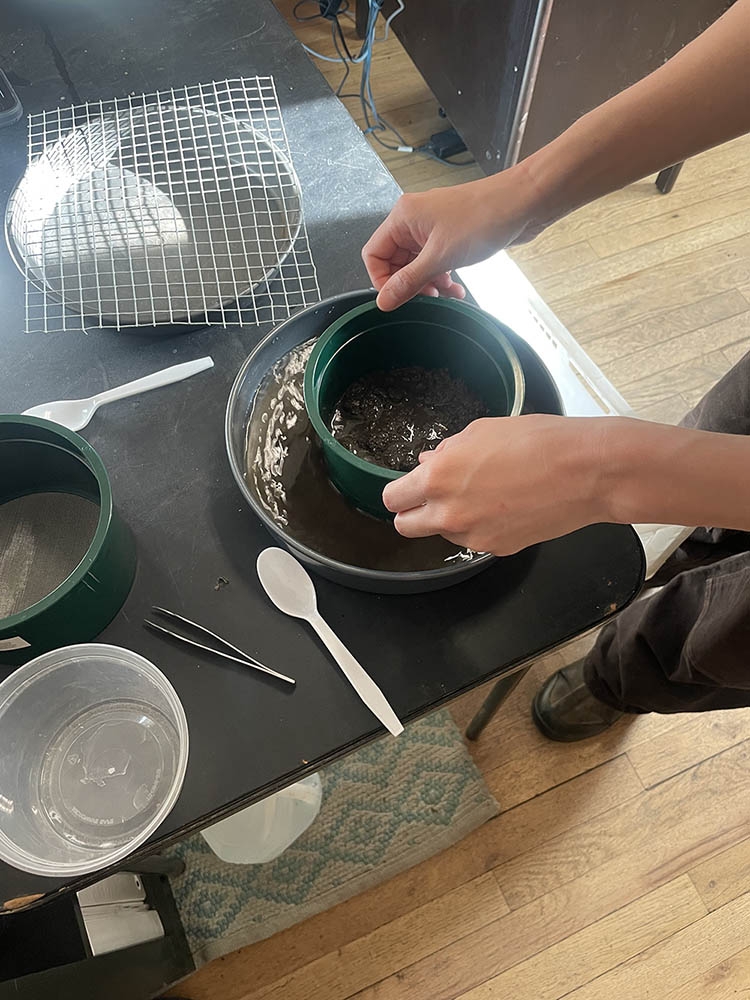
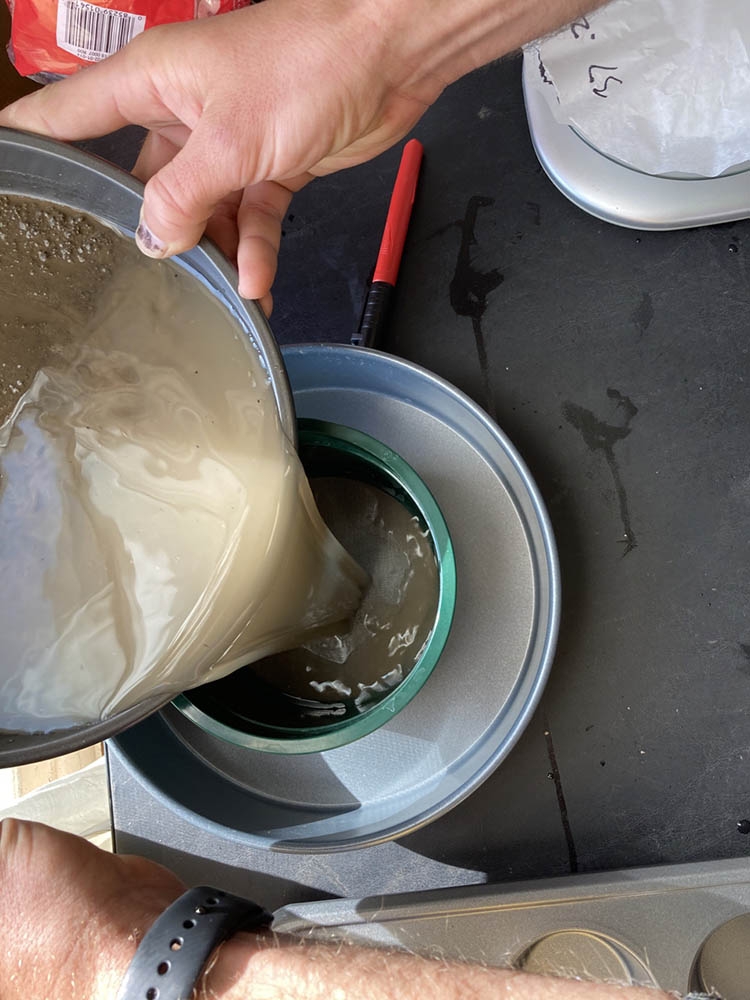
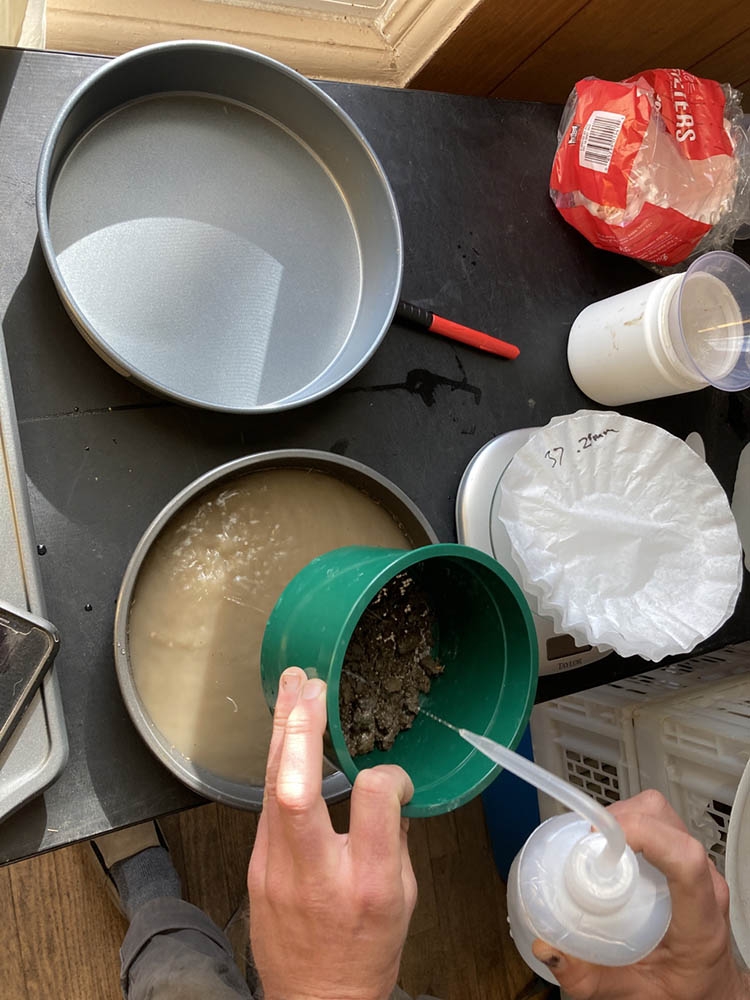
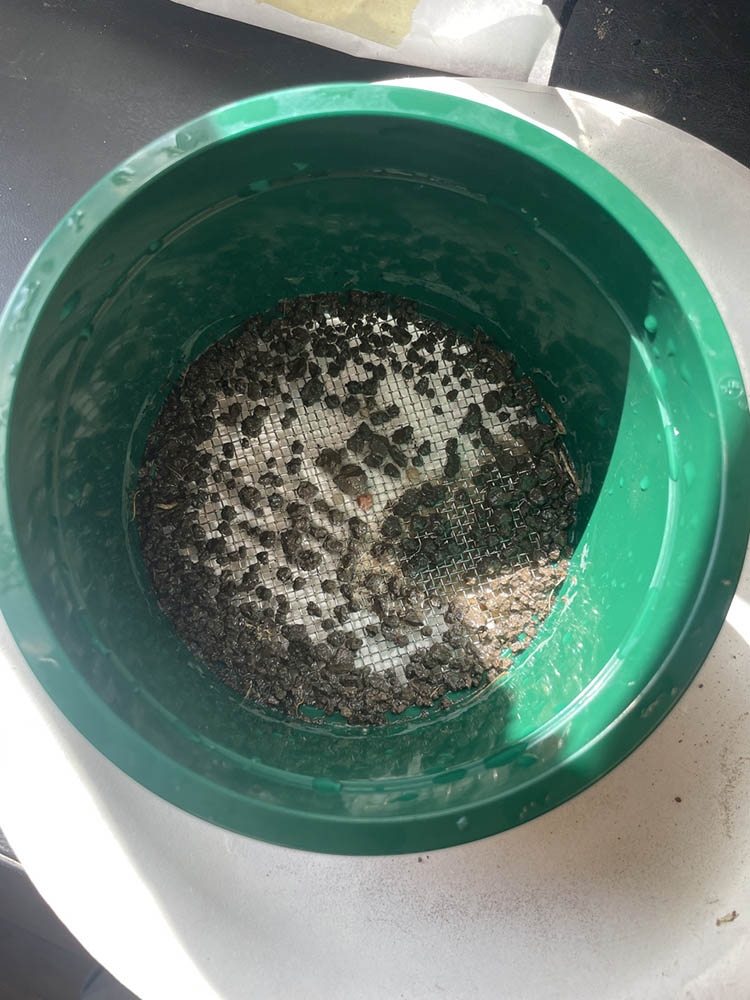
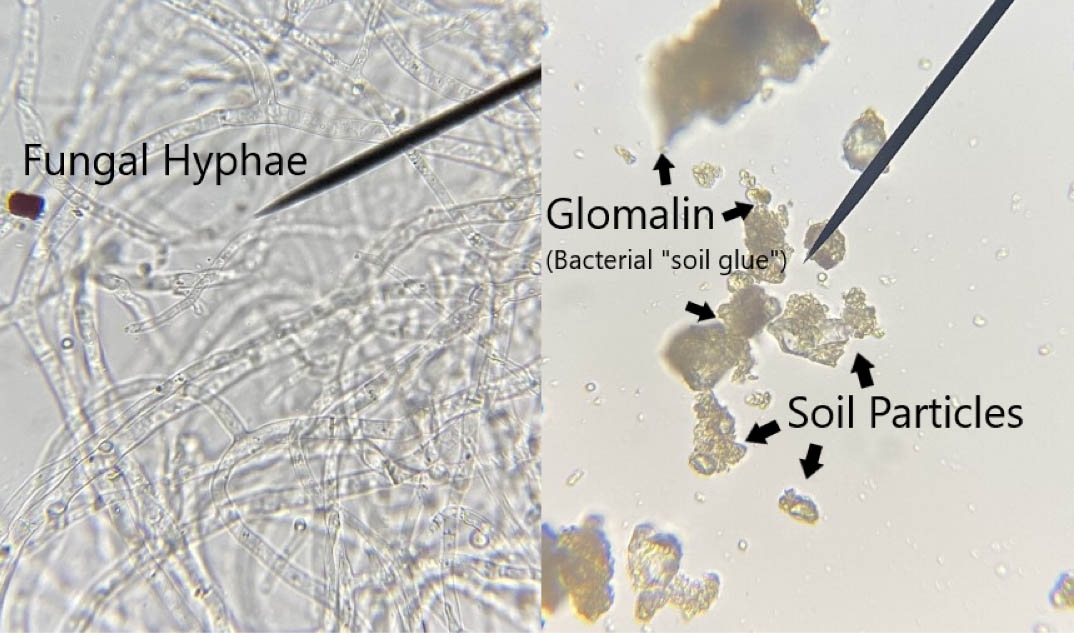
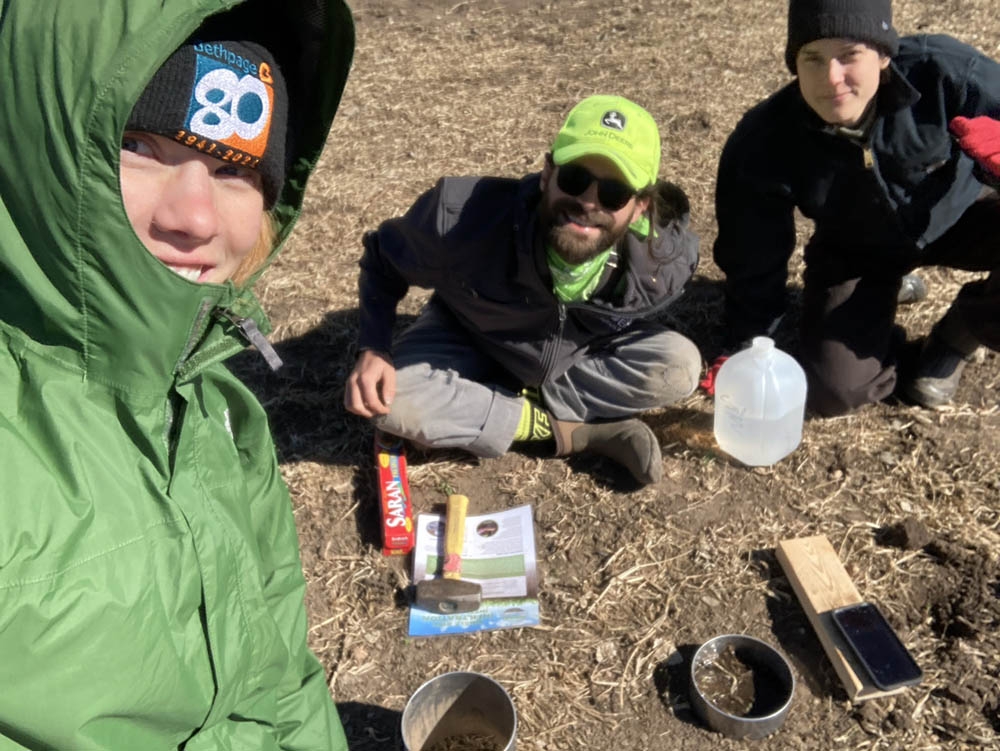
Add new comment